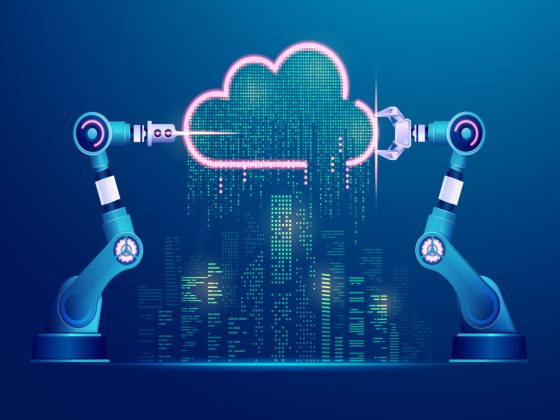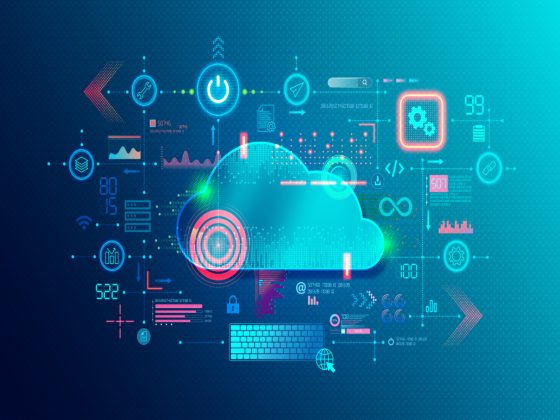5G, Edge, and Beyond: The Next Wave of Breakthroughs Transforming the Tech Landscape
The technology landscape is evolving at a breakneck pace, driven by the convergence of cutting-edge innovations like 5G connectivity, edge computing, and emerging paradigms beyond the current technological horizon. These advancements are not only transforming the way data is transmitted and processed but are also redefining industries—from autonomous vehicles to smart cities and beyond. As businesses scramble to adapt, understanding the interplay between these technologies is crucial for staying competitive in a rapidly evolving global market.

The Rise of 5G: A New Era of Connectivity
5G technology is widely regarded as the foundation for the next generation of digital transformation. With significantly higher data speeds, ultra-low latency, and enhanced capacity compared to its predecessors, 5G is enabling real-time applications that were once considered science fiction. These include autonomous driving, remote surgery, and immersive augmented reality experiences. According to Reuters, the global 5G market is expected to reach multi-trillion-dollar valuations by the mid-2020s, underscoring its profound economic and societal impact.
The deployment of 5G networks is not just about faster smartphones—it is about building an infrastructure that supports billions of connected devices, paving the way for the Internet of Things (IoT) to flourish. This robust connectivity is crucial for industries that require constant, real-time data exchange—a capability that will be instrumental as smart manufacturing, logistics, and healthcare systems become increasingly interconnected.
Edge Computing: Bringing the Cloud Closer to You
While 5G delivers the connectivity, edge computing ensures that data processing happens closer to the source. By shifting computational power to the edge of the network, companies can minimize latency, reduce bandwidth costs, and increase overall efficiency. As noted by TechTarget, edge computing is pivotal for applications that demand immediate processing and response times, such as real-time analytics and autonomous systems.
In the traditional cloud model, data is sent to a central data center for processing—a process that can introduce delays detrimental to time-sensitive operations. In contrast, edge computing enables localized processing, which is particularly valuable in scenarios like industrial IoT, where machines need to communicate and make decisions in milliseconds. This shift not only optimizes performance but also enhances security, as sensitive data can be processed and stored locally rather than being transmitted over long distances.
Synergies with IoT and Artificial Intelligence
The symbiotic relationship between 5G, edge computing, IoT, and artificial intelligence (AI) is fostering a new ecosystem where each technology amplifies the strengths of the others. The sheer volume of data generated by IoT devices—ranging from smart home sensors to complex industrial machinery—requires both rapid transmission and near-instantaneous processing. This is where 5G’s high-speed connectivity and edge computing’s local data processing converge to create a seamless flow of information.
Furthermore, AI algorithms deployed at the edge can analyze data in real time, enabling proactive decision-making and predictive maintenance. For example, in a smart manufacturing plant, sensors can detect anomalies and immediately alert AI-driven systems to take corrective action before a minor fault escalates into a costly failure. Such integration not only streamlines operations but also drives down costs and minimizes downtime, leading to enhanced productivity across industries.
Looking Beyond 5G: The Road to 6G and Beyond
While 5G is still in its rollout phase across many regions, researchers are already exploring the next frontier—6G. Early projections suggest that 6G networks could offer even greater speeds, lower latency, and revolutionary new capabilities such as holographic communications and advanced tactile internet applications. Although 6G is likely a decade away from commercial deployment, its research and development are setting the stage for innovations that could redefine human connectivity once again.
In parallel, developments in quantum computing, enhanced AI models, and advanced sensor technologies are gradually converging to create what many call the “beyond edge” era. This forthcoming wave of breakthroughs promises to unlock further efficiencies and capabilities that will propel industries into uncharted territories.
Impact on Industries: Transformative Applications Across Sectors
The transformative potential of these technologies is being realized across a wide array of industries:
- Healthcare: With 5G and edge computing, telemedicine and remote surgery become more reliable, enabling doctors to perform life-saving procedures from miles away.
- Automotive: Autonomous vehicles depend on low latency and real-time data processing; 5G ensures that these vehicles communicate instantly with smart infrastructure.
- Manufacturing: Smart factories leverage IoT sensors and AI analytics at the edge to optimize production lines and predict equipment failures.
- Smart Cities: Enhanced connectivity and localized computing power drive innovations in traffic management, public safety, and environmental monitoring.
The integration of these technologies not only improves operational efficiencies but also creates new revenue streams and business models. As companies innovate, they must also navigate the challenges associated with cybersecurity, data privacy, and regulatory compliance, ensuring that the benefits of these technologies are realized responsibly. Insights from Brookings Institution and Business Insider emphasize that the potential economic impact could be enormous.
Final Thoughts
The convergence of 5G, edge computing, and emerging technologies heralds a paradigm shift in how data is transmitted, processed, and utilized across the tech landscape. These breakthroughs are set to transform industries, drive efficiencies, spur innovation, and reshape competitive dynamics on a global scale. For tech companies, the key to thriving in this new era lies in embracing these innovations while simultaneously addressing the challenges that come with rapid technological change.









